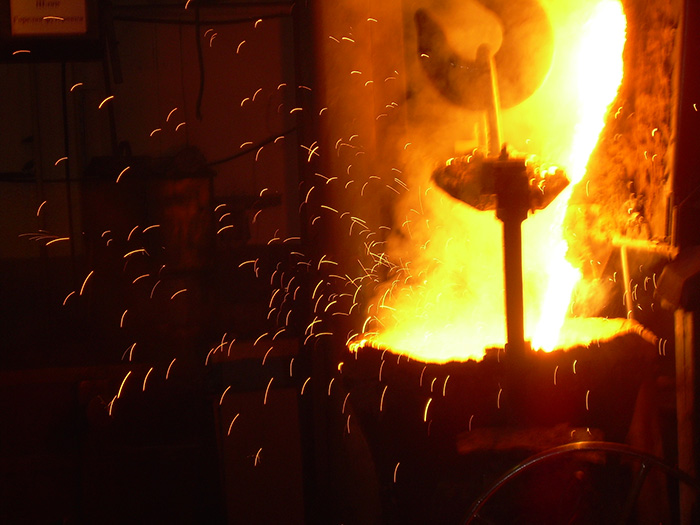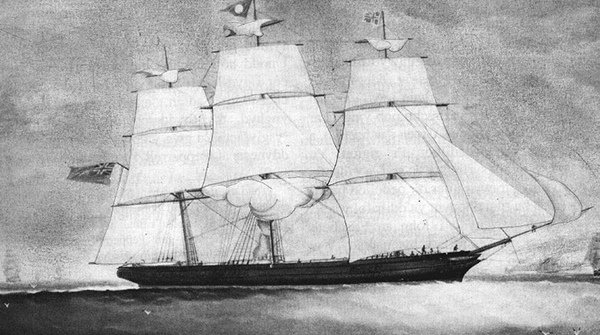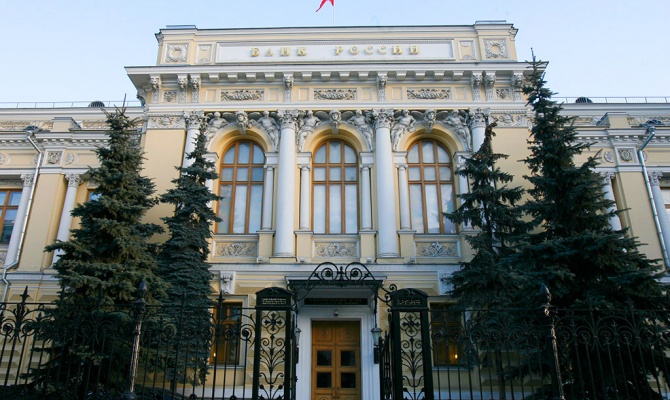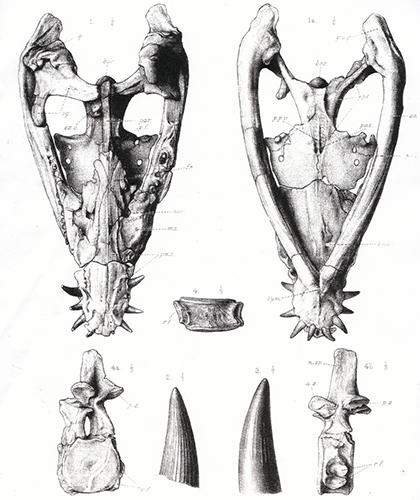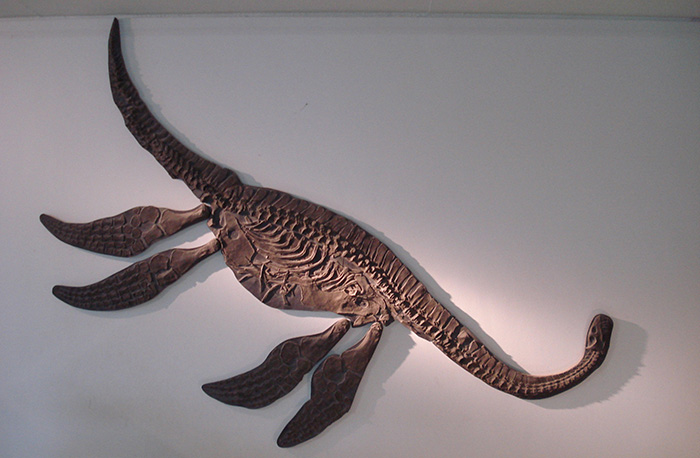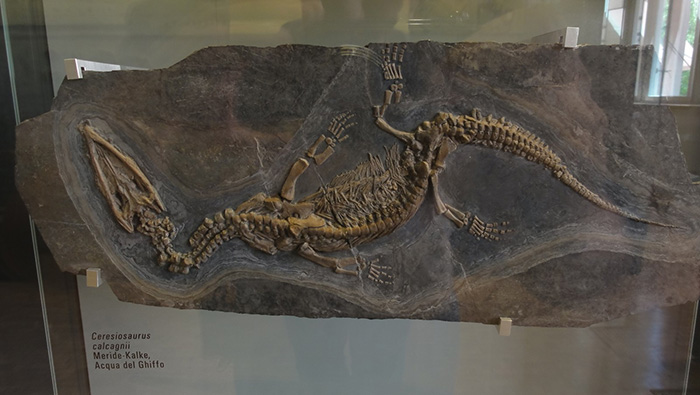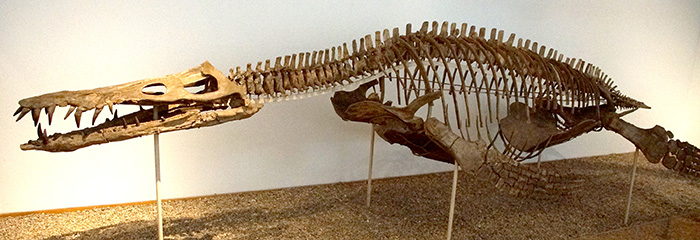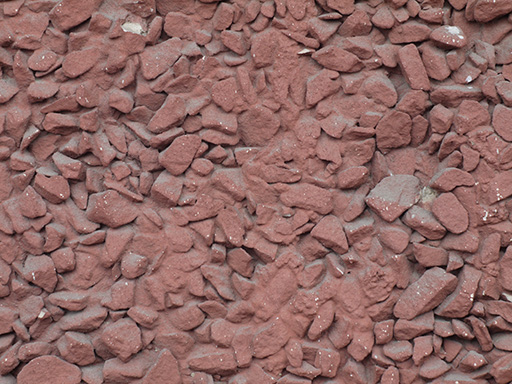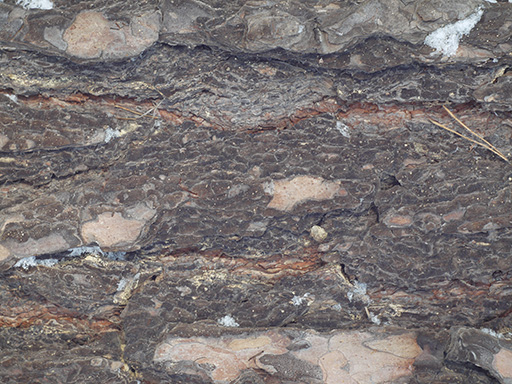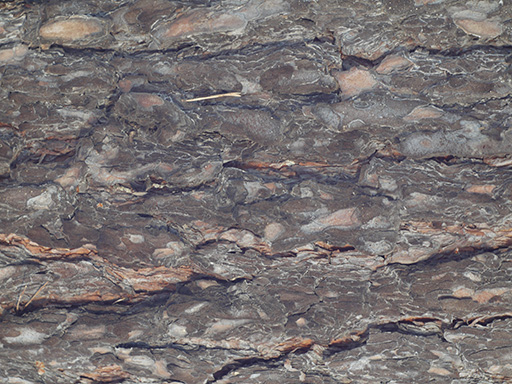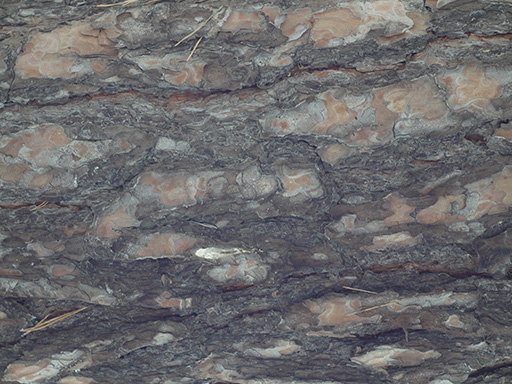
Iran tells, that it is ready to join to oil production levels freezing agreement, because country reached its pre-sanctions production and export levels. So, now there are no big controversies for this agreement signing and, probably, in close months it’ll be accepted. Ministry of Economical Development of Russia forecasts light industry growth in country on 4 % per year level in 2017 – 2019 years; also it reports, that ruble exchange rate influence on inflation ( 6.5% ) equals to 1.3 – 1.5 %, next year it will be negative and ‘ll be equal to -0.1 – -0.2 %. Foreign investors start to invest money again in Russian economy, because now there are the most favorable conditions for this : economics passed crisis downturn minimum and starts to grow, world economy in perspective promises to be stable and will slowly grow and cheap ruble lowers rent and salary payments. This is profitable to both investors and Russians.
In USA amount of oil and gas derricks lowered to minimum : 415, while 1 year ago there were 894 of them – this way low oil prices and no need of further deposits exploration, because there are enough known deposits for medium term perspective, affect this. Partly because of this oil prices strengthen, which leads to ruble strengthening, in its turn. USD becomes cheaper in comparison to Euro on the background of published labor market statistics in USA. IMF informs, that China now should tighten its monetary politics, instead of softening it, because corporate debt of country equals to 160 % of GDP and further key percent rate lowering with other monetary politics softening measures can aggravate this situation. However China’s economics growth rate lowering is not foreseeable at this time. This is all for today in economical and connected political and society events of this week, follow the releases.

